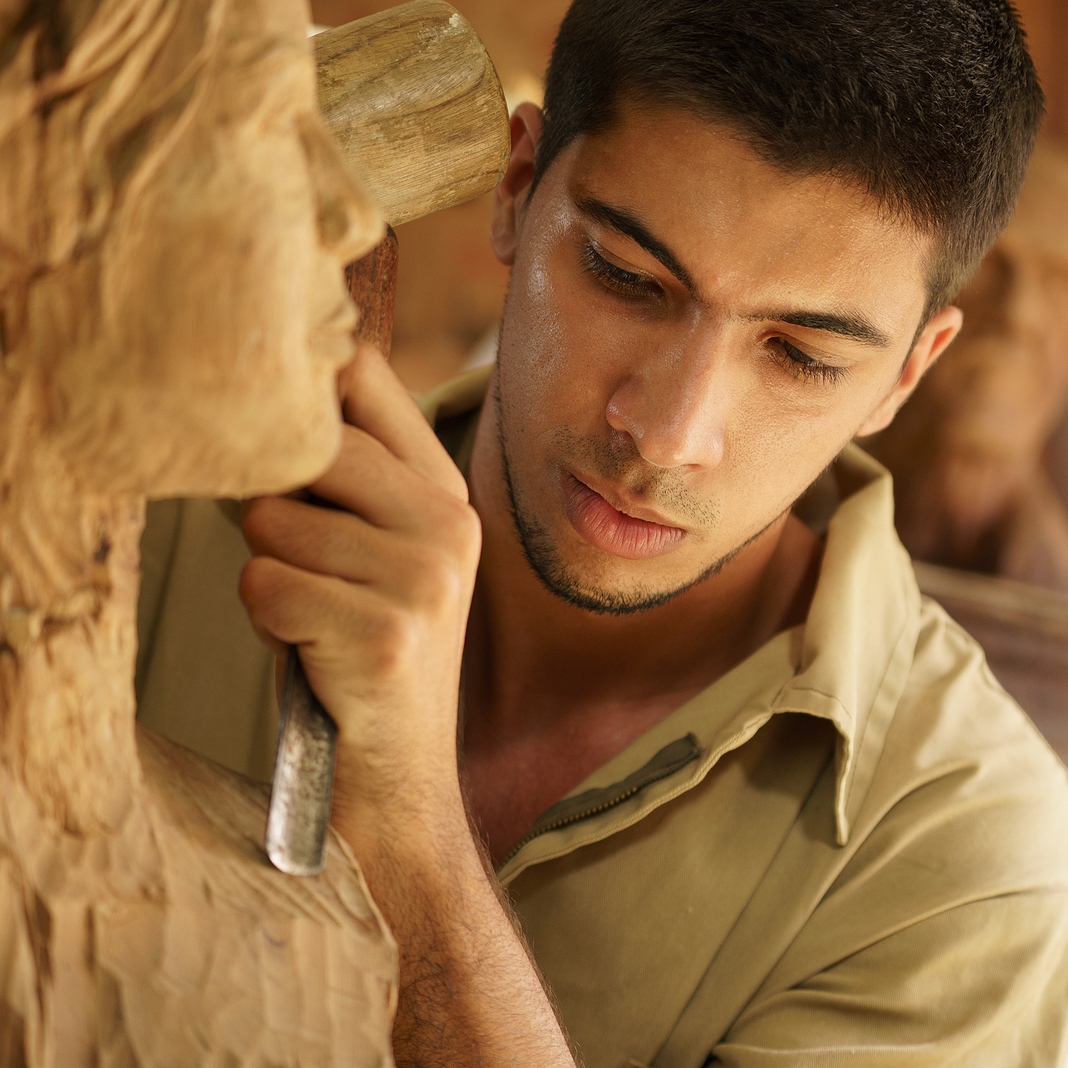Being a student artist is a once-in-a-lifetime opportunity for self-expression and growth. But let’s not pretend that getting recognized for your work on oversaturated social media platforms is a piece of cake. Art in the modern day is a competitive field, and algorithms make sure standing out has little to do with talent — it’s all about consistent work and the strategic construction of a recognizable presence. This guide will walk you through steps for creating a unique style to gain visibility through an impactful portfolio. Make the most of social media platforms! And if you ever need a hand with AI content, don’t hesitate to use AI writing tools.
For any artist, the journey to recognition starts with determining who you are and what makes your work special. Defining your artistic identity sounds kind of abstract, but think of it as giving your audience a way to remember you.
Develop Your Unique Style and Cohesive Portfolio
Every artist has a distinct style, something that immediately lets people recognize their work. Many young artists worry about “finding” this special spark, this je ne sais quoi. But here’s the thing: this worry is pointless. You already have a style — it is born the moment you put pencil to paper. You can’t escape it. But it does take time to fully form, and it does evolve. Your artistic style can come from your choice of color palette, subject matter, or the way you approach large pieces. You can guide the evolution of your style to an extent by paying close attention to what clicks with the audience and what brings you joy and challenges you, and by finding a way to balance these factors.
Reach Wider Audiences on Social Media
Social media is one of the fastest ways to get your work seen, but its love is fickle and conditional. Platforms like Instagram and TikTok can be incredibly powerful for student artists. Instagram’s focus on visual content makes it a natural choice, while TikTok’s fast-paced, trend-driven format allows you to introduce your art in creative ways that might grab attention.
Algorithms can make one of your posts go viral overnight and slash your visibility the very next day. You should, of course, take advantage of the opportune situations, but do not rely on the digital gods to grant you grace each time. Put together a content plan and stick to it, prioritizing consistency and slowly growing your audience.
Participate in Art Competitions and Local Exhibits
Art competitions and exhibits are golden opportunities for student artists to build their reputations. They’re a great way to showcase your pieces and receive constructive feedback. Even win a prize! Companies like Wacom often run promotional social media events where you can submit a piece for a chance to win a tablet or a promo code. Look for competitions aimed at students or emerging artists, as these are often more accessible and tailored to your level.
Local events are also fantastic for connecting with your community. Attending gallery openings, art fairs, and exhibitions can introduce you to other artists and curators. Local art enthusiasts and businesses can also support your journey — even a casual exhibition in a cafe down the street is a good step in the right direction.
Focus on Online Security
Managing your IP security is as important for student artists as it is for established professionals. Since your art is your brand, you want to protect it. Unfortunately, there’s always a risk of work being shared or even used commercially without permission. Take steps to guard your digital portfolio by watermarking images, forbidding full-size image downloads (especially from your Google Disk), or using Nightshade and Glaze from the University of Chicago. Carefully study the content and privacy policies of different social media platforms and omit the ones you don’t feel secure with. Adjust privacy settings on the rest.
Practical Branding Tips for Student Artists
- Keep your name consistent. Use the same name or handle across all platforms. Make it short or memorable. This consistency will make it easier for people to find you.
- Develop a logo or signature. A simple signature or logo will give your work a professional touch. It doesn’t have to be elaborate — just something that adds a personal mark. Some artists even deliberately hide it in their work as an additional layer of protection against plagiarism.
- Write a strong bio. When people visit your profile, a brief but clear bio lets them know who you are and what type of art you create. Mentioning specific interests like “abstract art” or “portraiture” can help attract the right audience. Here you can also highlight any exhibitions you are currently participating in.
- Share your story. Occasionally reveal the “why” behind your art. People are often drawn to the story as much as the artwork itself, so let them in on your inspirations and challenges.
The Long Game: Building a Lasting Creative Reputation
It won’t happen overnight. However, with a cohesive portfolio, smart social media presence, and patronizing local events, you’re setting yourself up for long-term success. The art world may seem daunting, but with some patience and planning, your work can find audiences who appreciate and celebrate it.
Remember, your creative reputation is built on both your art and your interactions. Being respectful and genuine in all your online and offline dealings can go a long way. Keep challenging yourself to improve and grow, and don’t shy away from seeking help with creative writing or planning through digital services if you need it. Every bit of effort you put into building your artistic brand is an investment in your future success.
